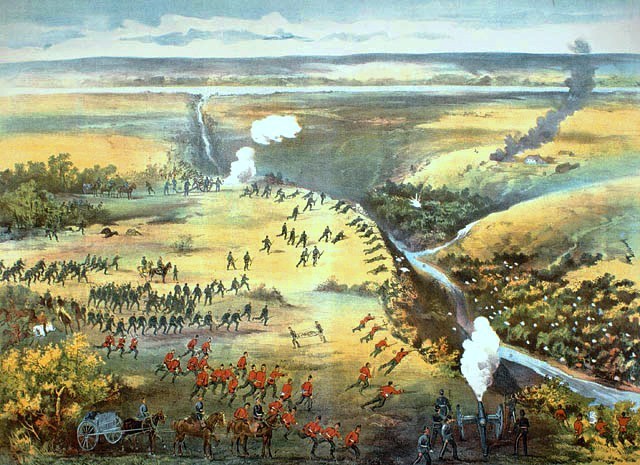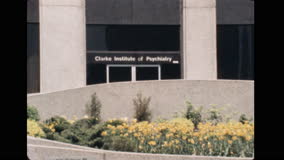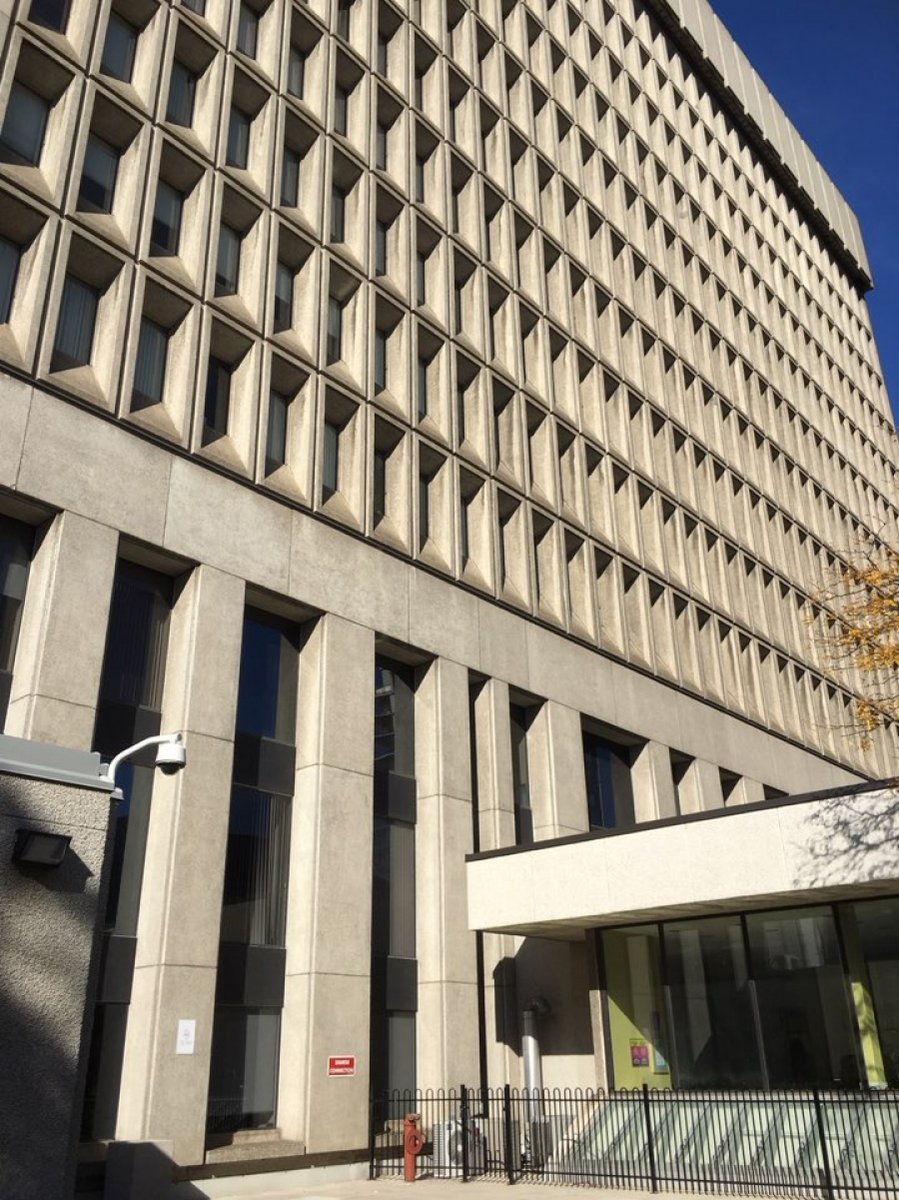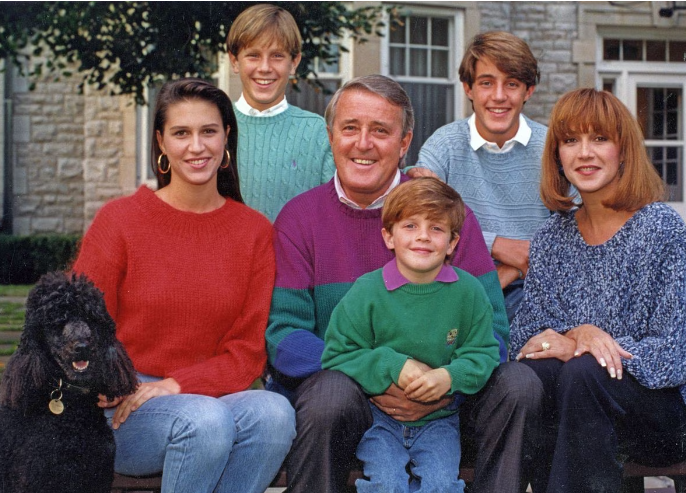It is #IndigenousHistoryMonth and this is the story of Metis leader Gabriel Dumont!
Gabriel Dumont was born in December 1837 near present-day Winnipeg.
At the age of 13, he fought in the Battle of Grand Coteau against the Sioux where he proved his bravery in battle.
🧵1/5
Gabriel Dumont was born in December 1837 near present-day Winnipeg.
At the age of 13, he fought in the Battle of Grand Coteau against the Sioux where he proved his bravery in battle.
🧵1/5

While he was not involved in the Red River Resistance in 1869-70, he emerged as a leader of the Metis by 1885.
He led 300 Metis at Duck Lake against the NWMP in the NW Resistance, where Dumont suffered a gun wound to the head & lost his brother Isidore but won the battle.
🧵2/5
He led 300 Metis at Duck Lake against the NWMP in the NW Resistance, where Dumont suffered a gun wound to the head & lost his brother Isidore but won the battle.
🧵2/5

Throughout the North West Resistance in 1885, Dumont led his Metis in a guerilla warfare campaign against the Canadian militia.
He won another battle on April 24 at Fish Creek, and then led the four-day defence at Batoche, which the Metis lost.
🧵3/5
He won another battle on April 24 at Fish Creek, and then led the four-day defence at Batoche, which the Metis lost.
🧵3/5

He was forced to go into hiding after the North West Resistance & he lived in the United States where his mystique among the Metis in Canada grew.
In 1886, he was briefly part of Buffalo Bill's Wild Wild West Show where he showed off his shooting abilities.
🧵4/5
In 1886, he was briefly part of Buffalo Bill's Wild Wild West Show where he showed off his shooting abilities.
🧵4/5

He returned to Canada after being granted amnesty and spent the rest of his life on his land near Batoche, hunting, fishing and trapping.
He passed away in 1906.
His legacy is often overshadowed by that of Louis Riel, despite his importance in Metis history.
🧵5/5
He passed away in 1906.
His legacy is often overshadowed by that of Louis Riel, despite his importance in Metis history.
🧵5/5

• • •
Missing some Tweet in this thread? You can try to
force a refresh

 Read on Twitter
Read on Twitter





















